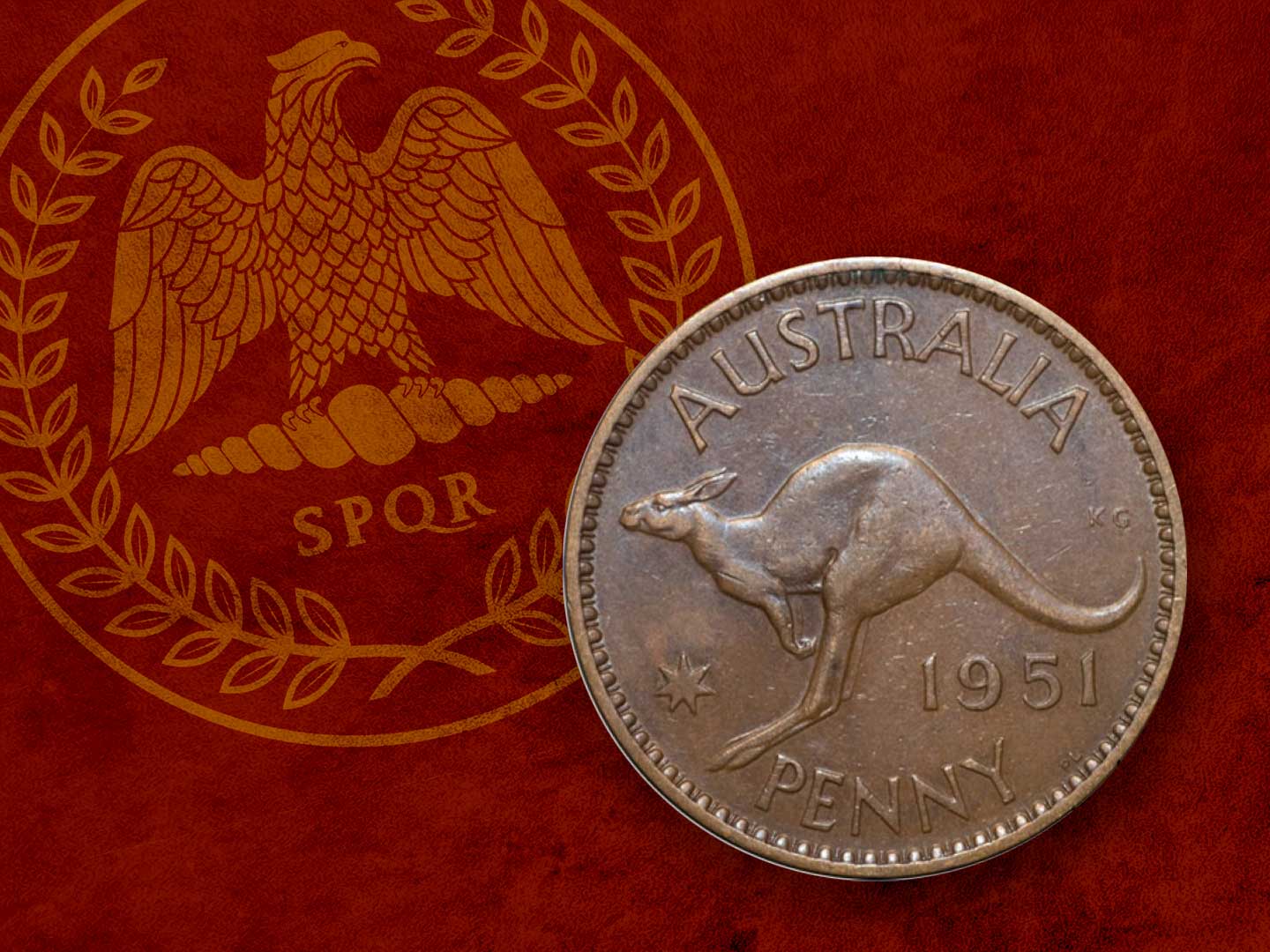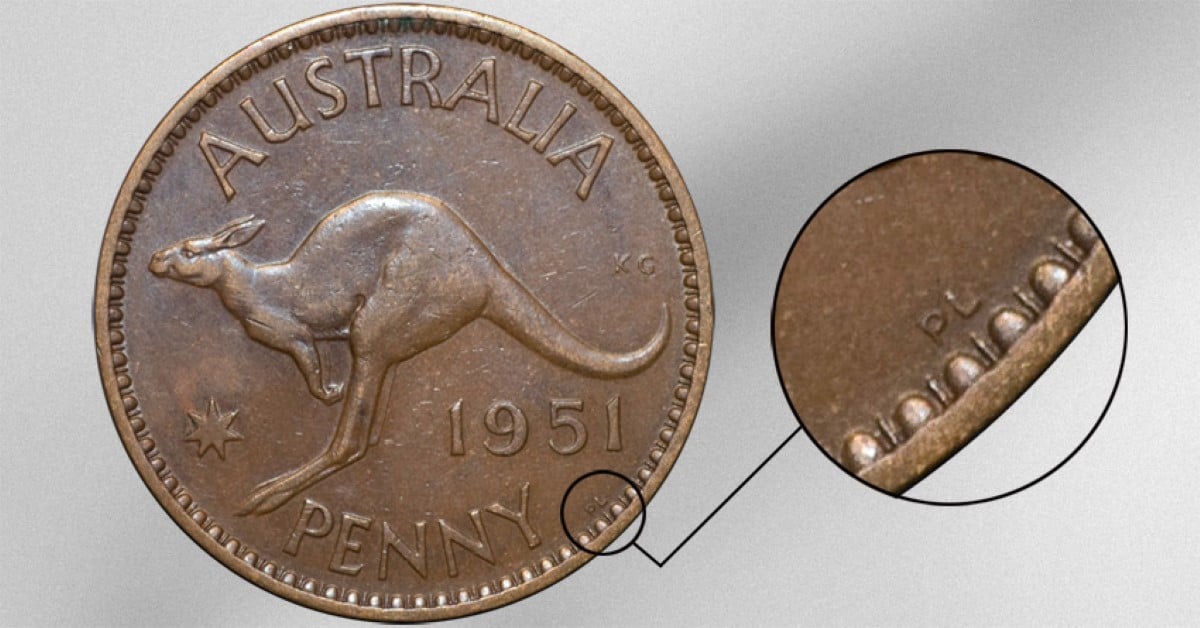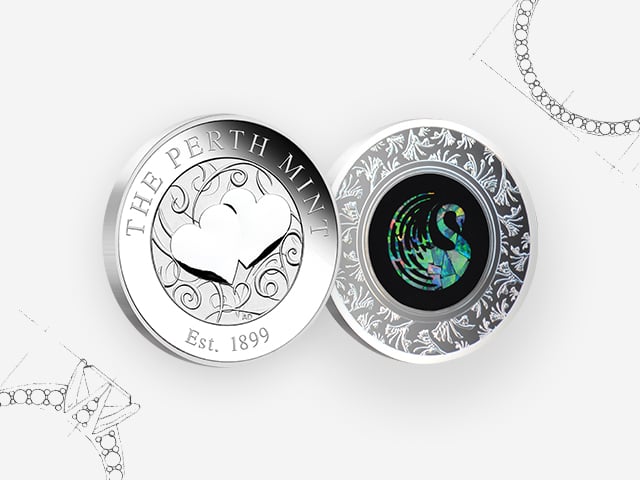What’s the connection between these pre-decimal coins and the Roman Empire?

If you’re interested in pre-decimals, you may have noticed the presence of the letters ‘PL’ on some Australian sixpence, threepence, penny and half-penny coins issued in 1951.
It’s a mintmark associated with the Londinium mint, which stood on Tower Hill during the Roman occupation of Britain. As an officially constituted branch of the Mint of Rome, its coins bore the letters ‘PL’, ‘PLN’, ‘PLO’, or ‘PLON’, likely abbreviations of the Latin words Percussa Londinio – “struck in London”.
So why does it appear on these Australian coins?

The post-War period was one of significant economic growth and Australian prosperity was reflected in burgeoning demand for coinage. With the Perth and Melbourne Mints working at full capacity, the Royal Mint at Tower Hill was asked to assist with Australian coin production for the first time since World War One. And with the request for additional coins from London, came the revival of the historic Roman mintmark.
A sudden downturn in the economy, however, meant Australian ‘PL’ coinage was only ever produced for 1951. Today, these coins are of interest to collectors: while choice grades are readily available, guide prices for high quality and extremely rare proof versions extend into the thousands of dollars!
Perhaps you’re an unwitting owner of a 1951 PL coin which proclaims its place of manufacture in a manner invented some 1,700 years ago?










